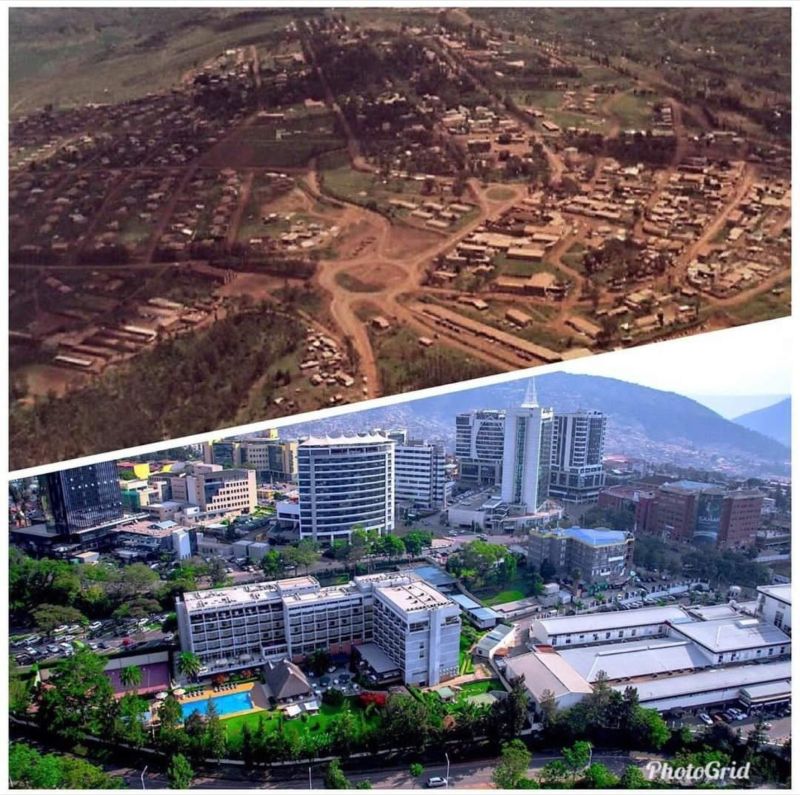Rwanda is the fourth-smallest country in #Africa, located in the Great Rift Valley in the central part of the continent. The nation has a population of about 13 million people and is home to two main ethnic groups: the agricultural Hutu and the pastoral Tutsi tribes. In 1990, tensions rose between these two groups and sparked a #civilwar, resulting in the Rwandan #genocide in 1994.
The genocide led to the massacre of approximately 800,000 #Tutsi civilians by #Hutu extremists, marking one of the worst genocides in history. Since then, #Rwanda has been in a state of repair and has made great strides in many areas of #development. In particular, the Rwandan government notes 10 impressive improvements.
- Poverty is on the Decline. In 2001, the poverty rate in Rwanda was as high as 77%, dropping to 55% in 2017. The introduction of the first five-year Economic Development and Poverty Reduction Strategy in 2008 and a second five-year plan in 2013 largely account for this reduction.
- Increasing Life Expectancy. The Rwandan Civil War had a significant impact on life expectancy, which fell to a mere 26 years in 1993. Since then, the government has committed to improving the #health and quality of life for its citizens, achieving a life expectancy of 69 as of 2019.
- Rwanda is a Leading Country in #GenderEquality. In the #WorldEconomicForum’s 2017 Global Gender Gap Report, Rwanda ranked as one of the top five leading countries in gender equality alongside Finland, Iceland, Sweden and Norway. Since the civil war, the nation has pushed for more female leadership in politics — as of November 2021, the Rwandan parliament has a 61% women-led majority, the world’s highest rate of female representation in parliament. Rwanda also has one the highest rates of women participating in the labor force at 84% in 2019
